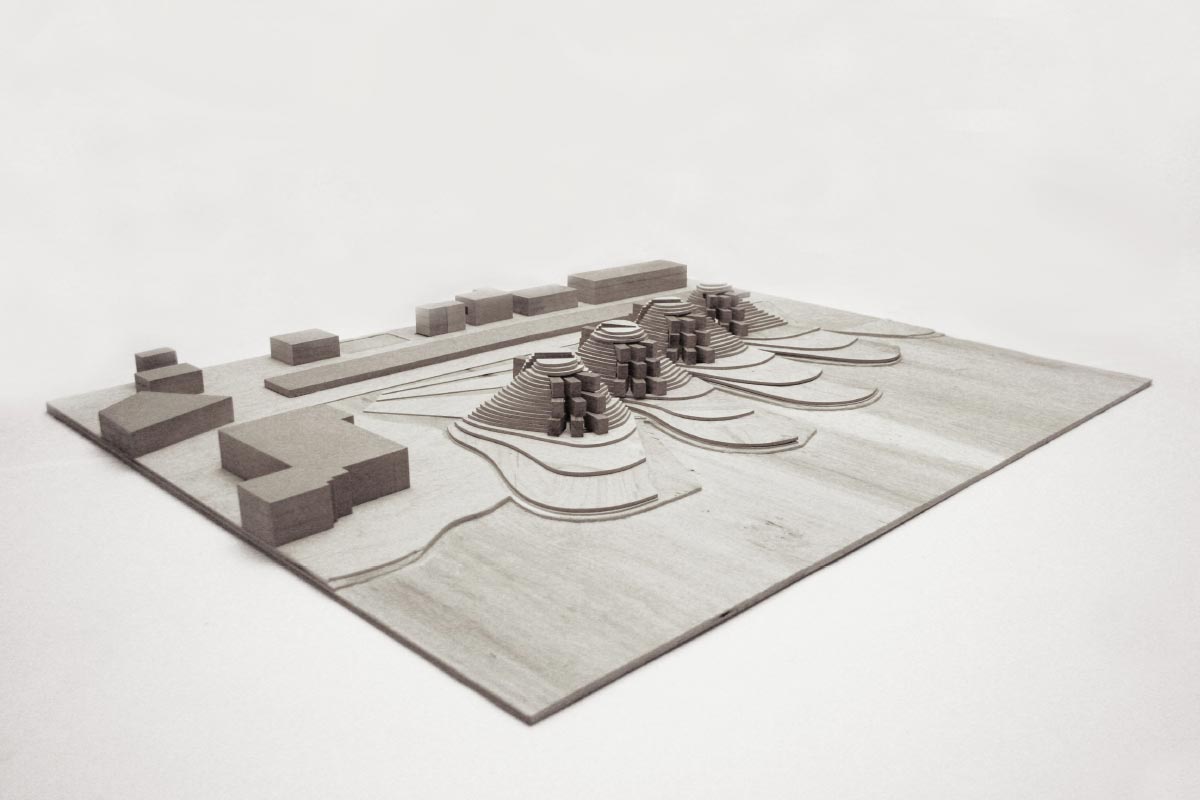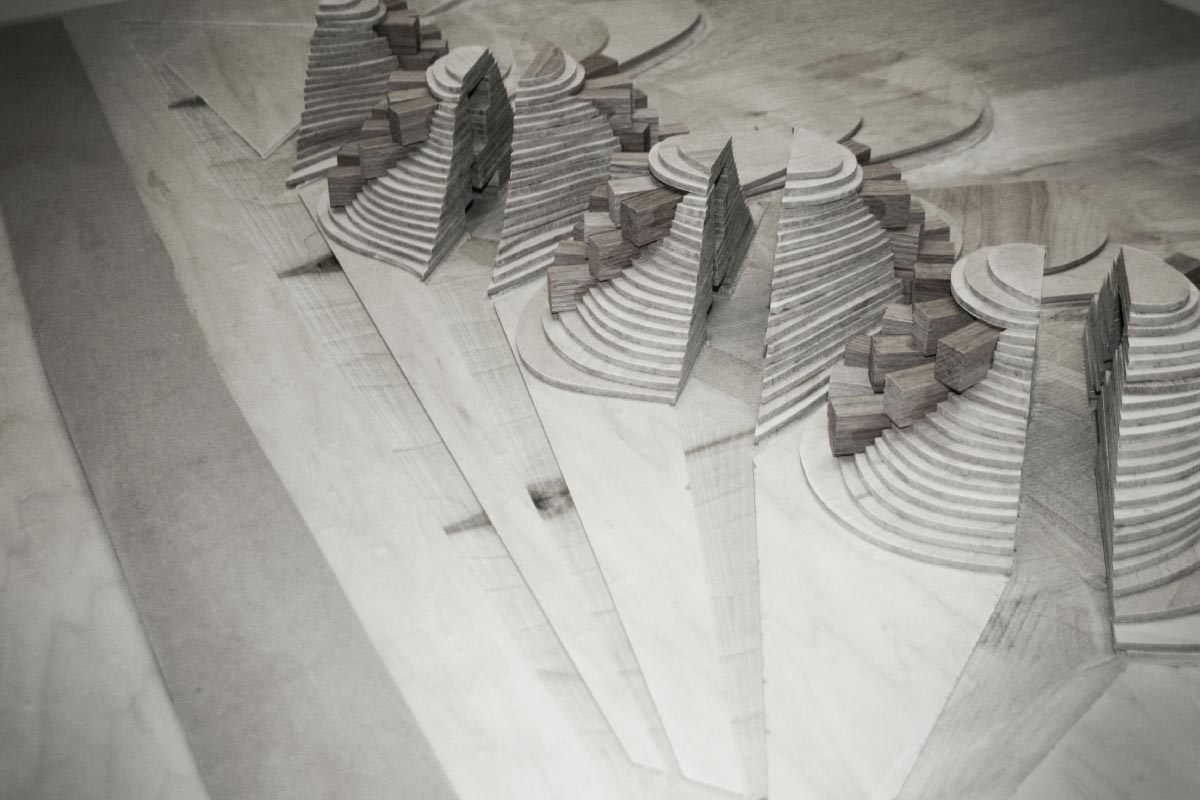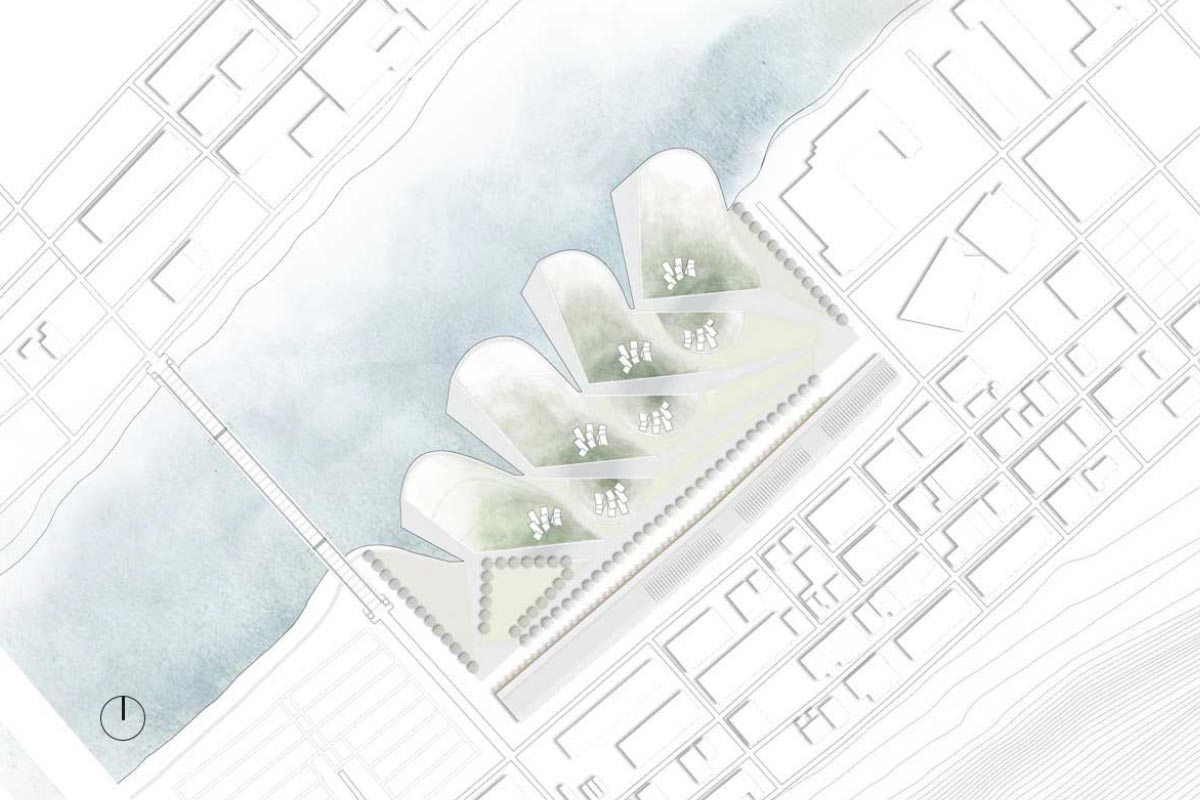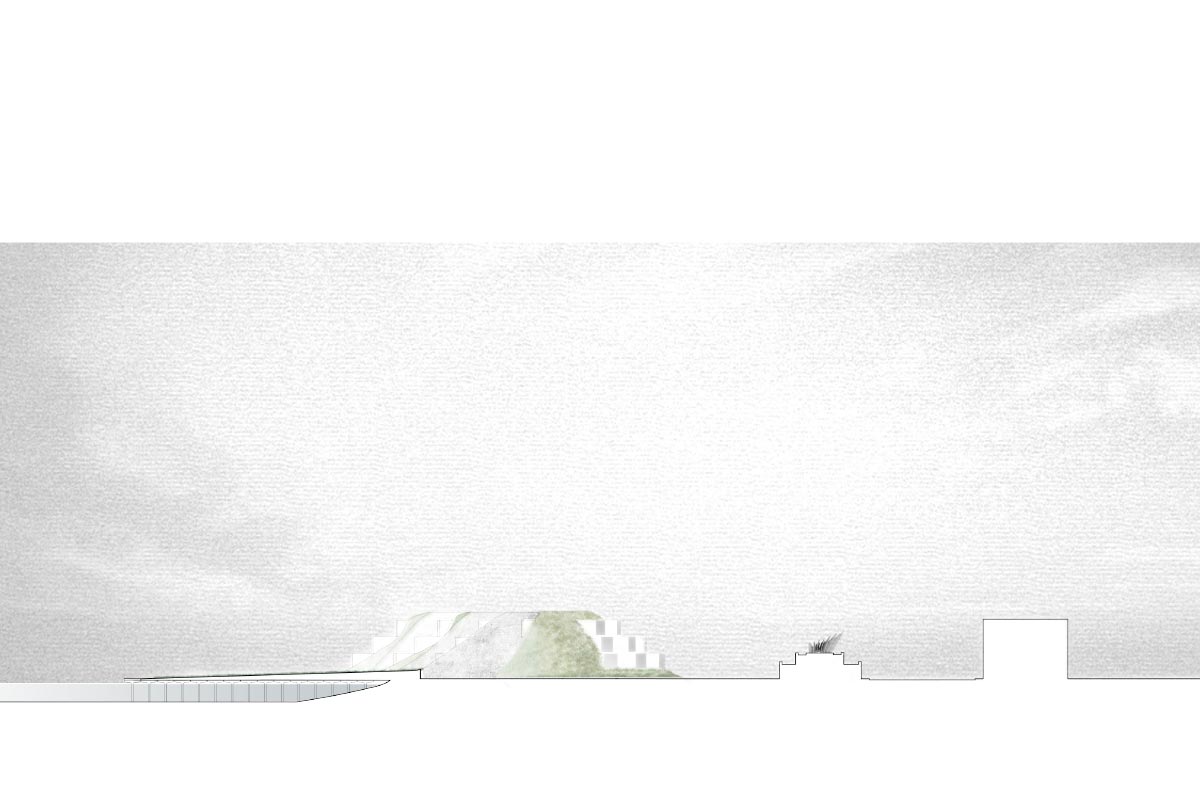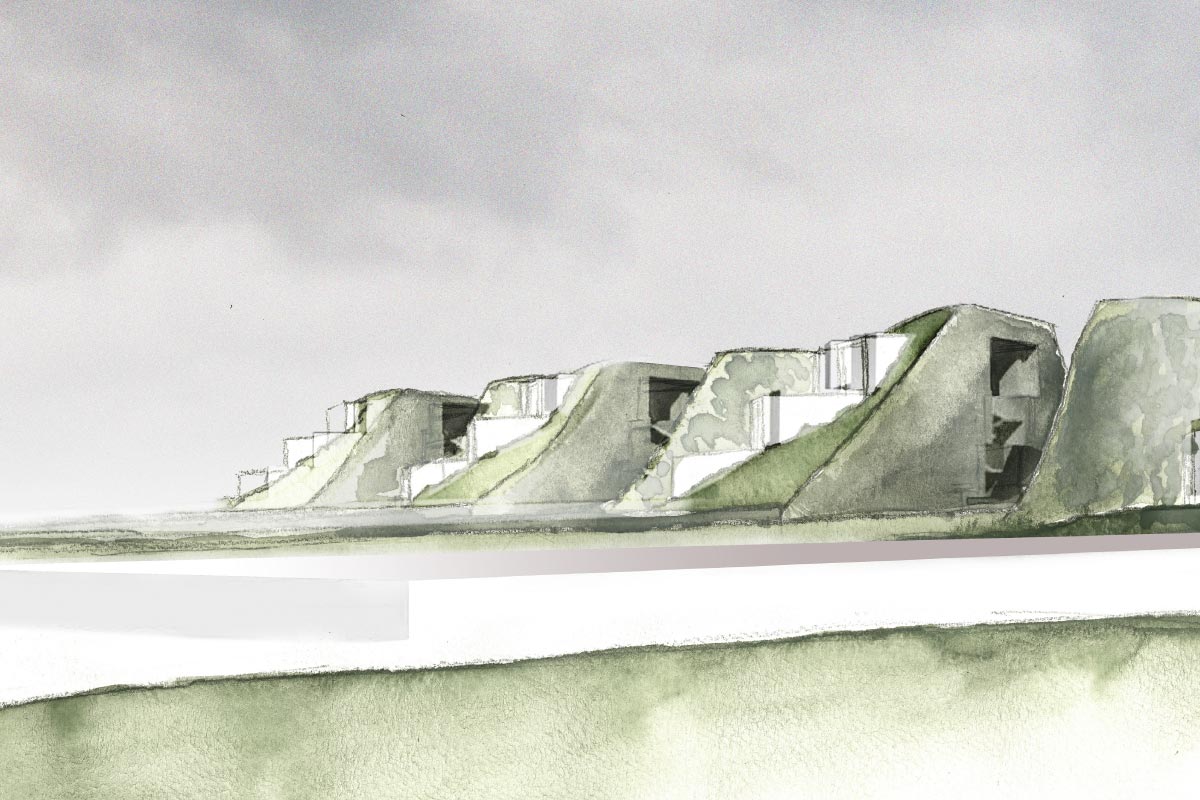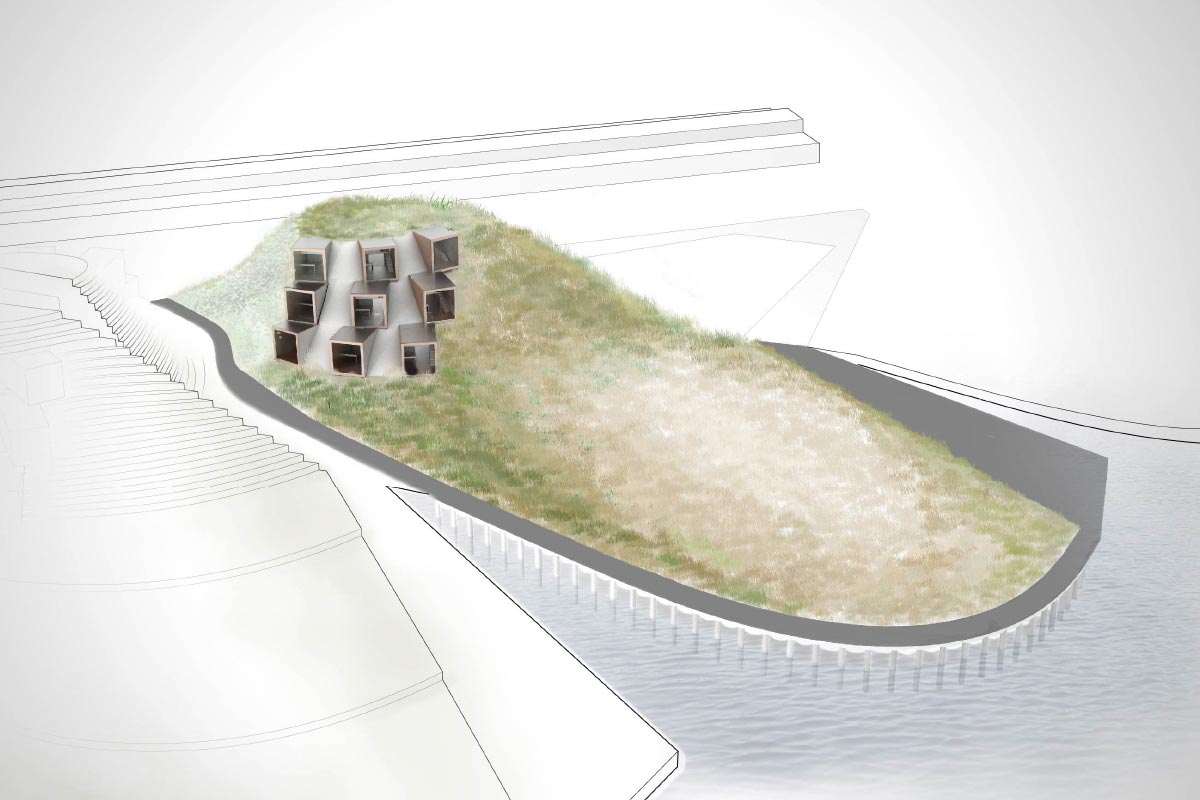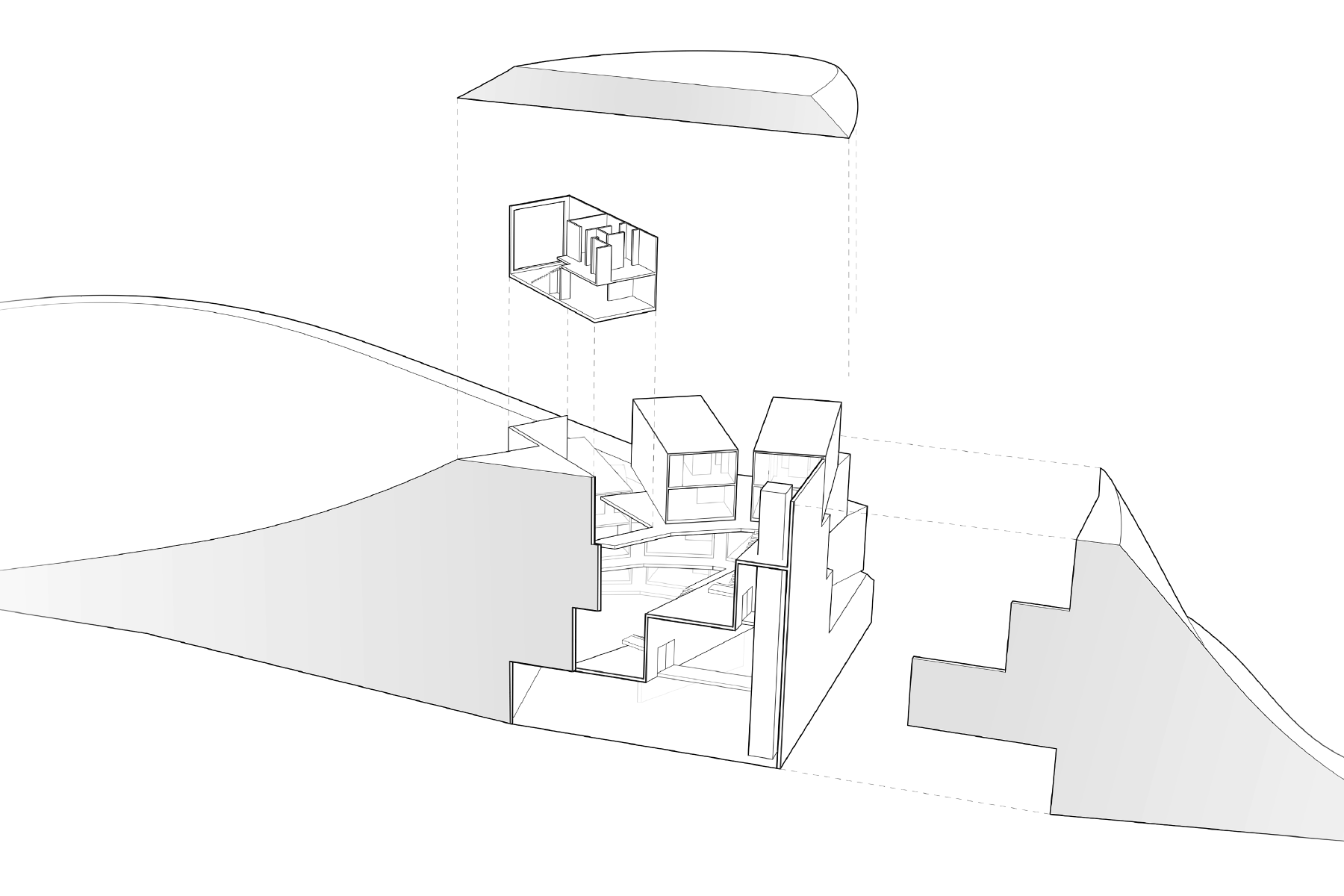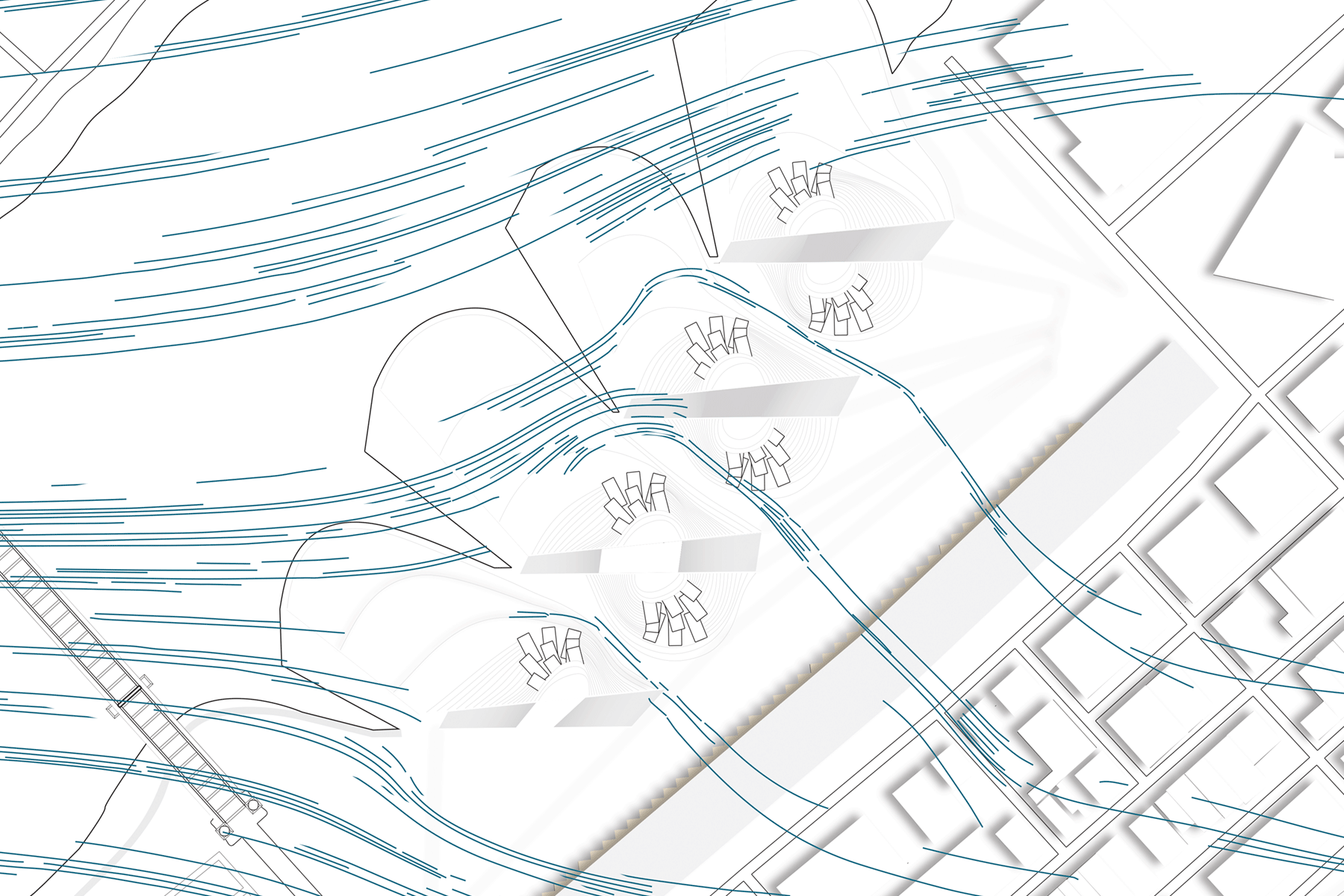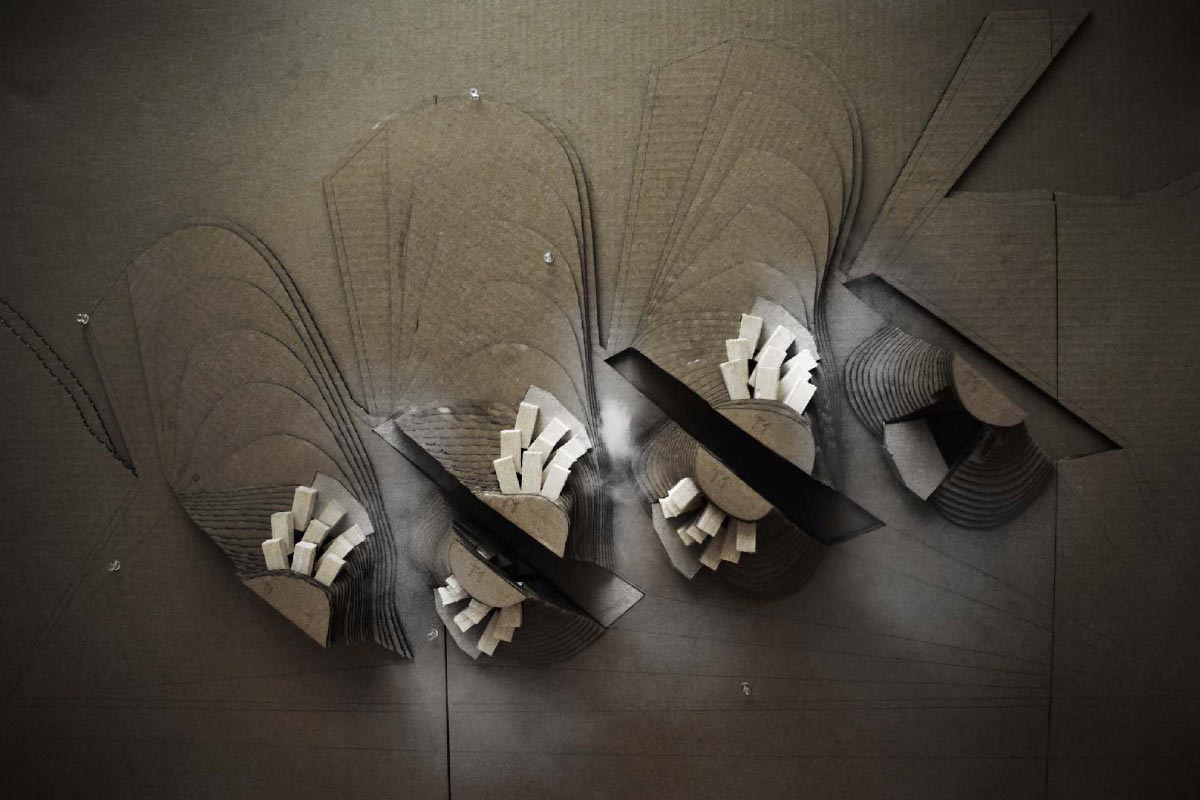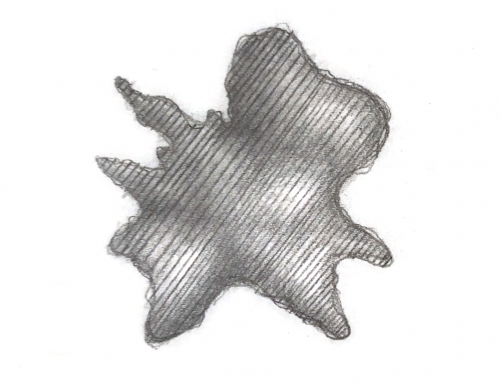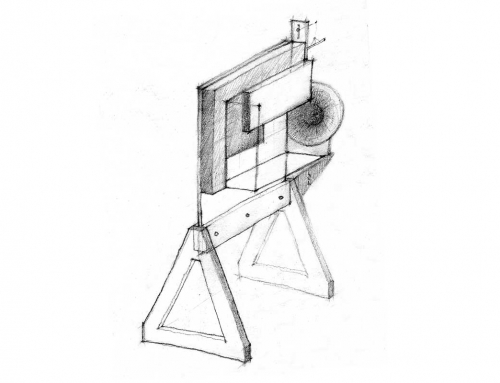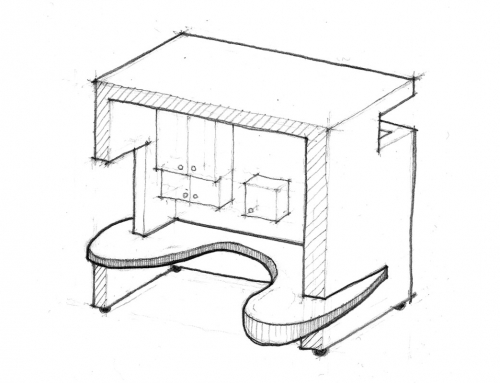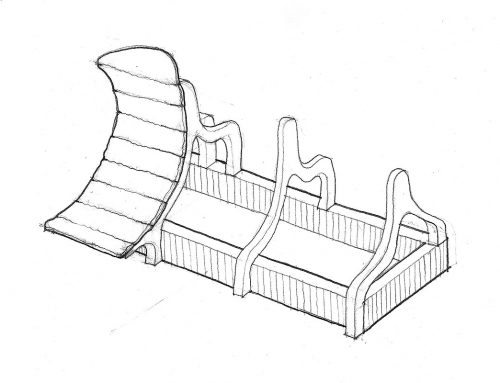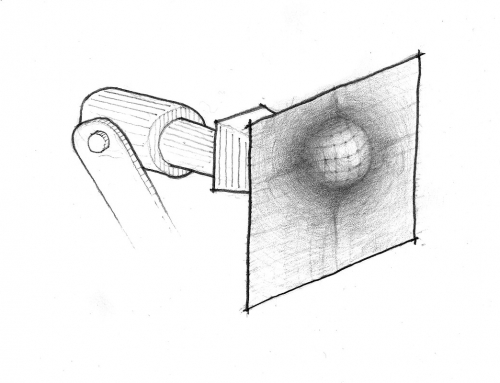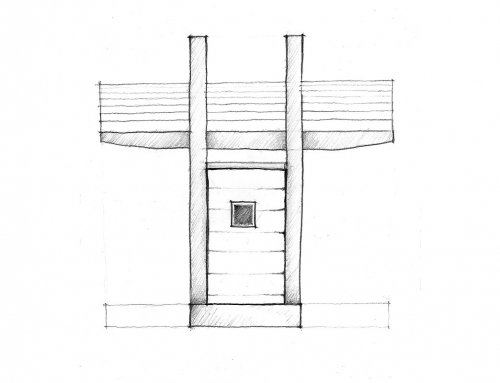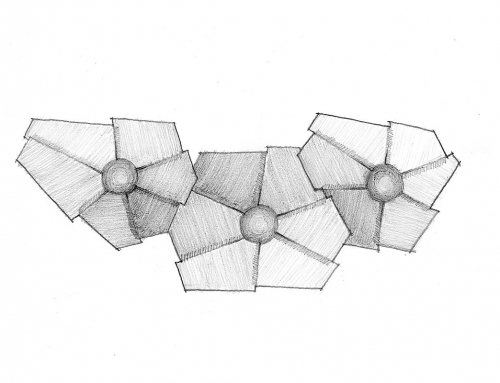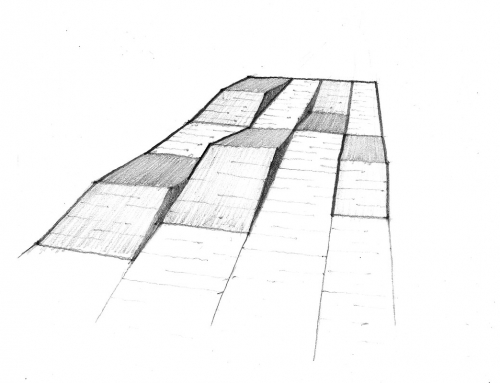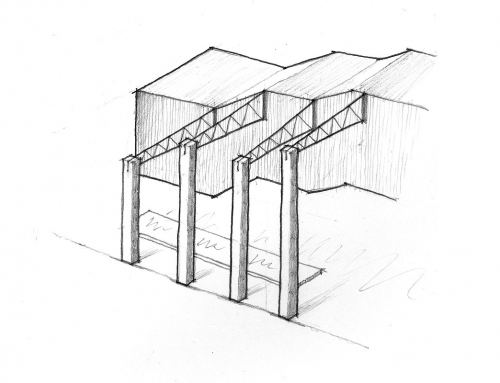FLOW
a semester long study on passive design strategies, parametric design integration and wind analysis. An 18,000 sq. ft. open lot in the Strip District of Pittsburgh became our testing ground for this commuter-housing project. This campus-like design was based on environmental strategies around wind capture which could effectively power the facility using piezoelectric technology. The use of wind analysis technology, such as AutoDesk FLOW, helped map out areas of low and high air pressure to verify the location of the piezoelectric cells. Additionally, the berm-and-ram technique for the housing created artificial hills across the site, allowing for the manipulation of common southwestern winds along the Monongahela River. Areas for piezoelectric cells were mapped out in accordance to the areas with the highest wind speeds. To reduce wind speeds in areas of high activity such as entryways, these outdoor spaces were reduced 10ft below-grade, creating a comfortable low pressure air pocket.
Project by: Sam Day and Rachel Sung
